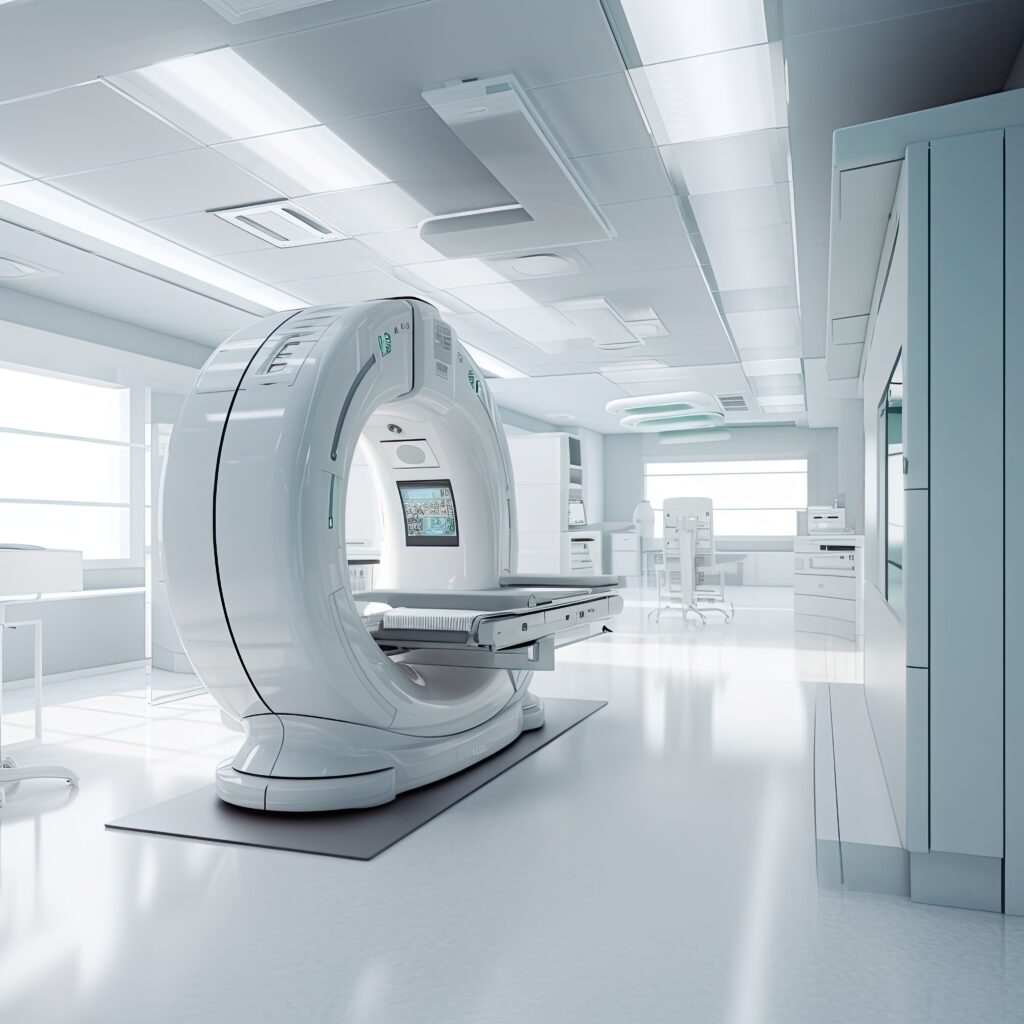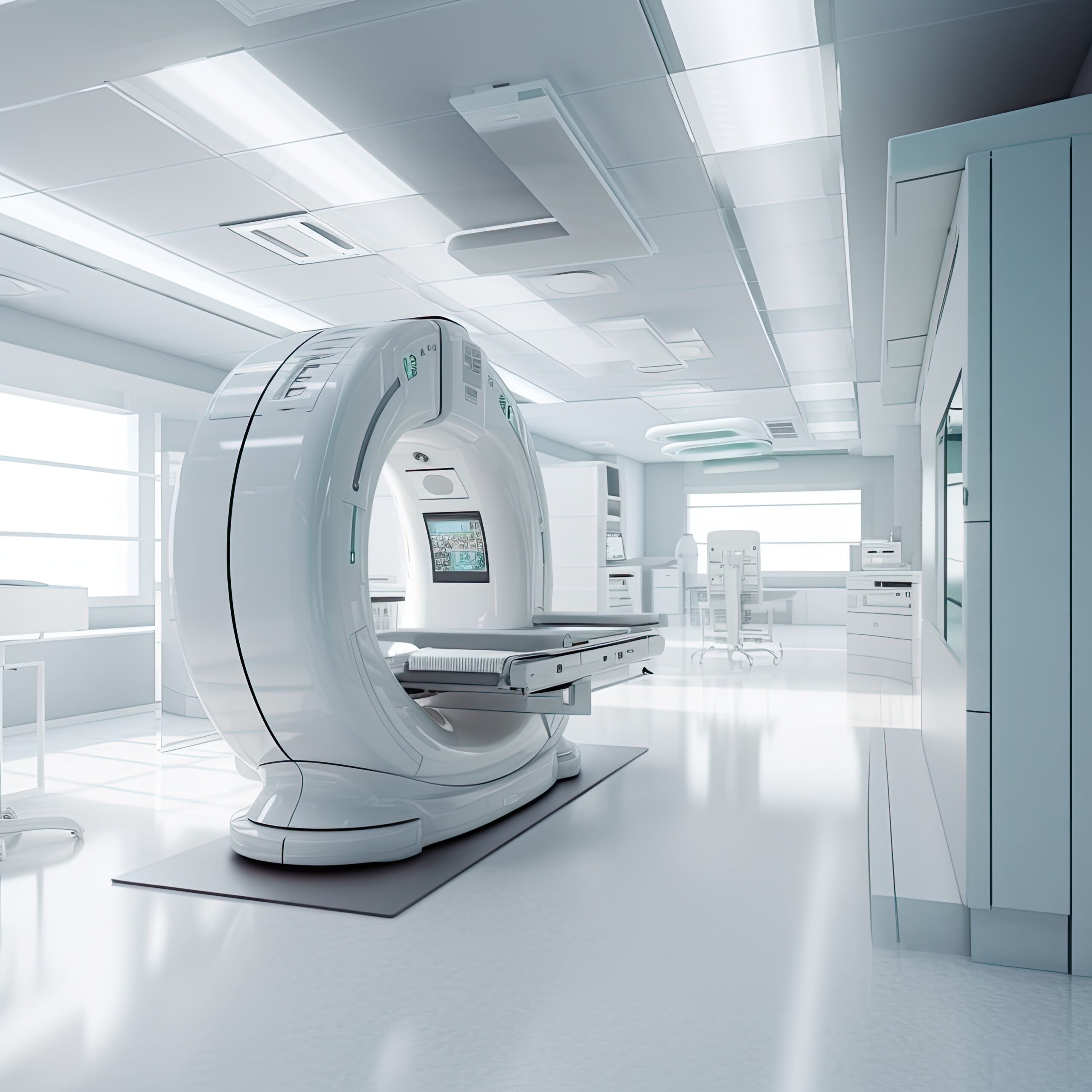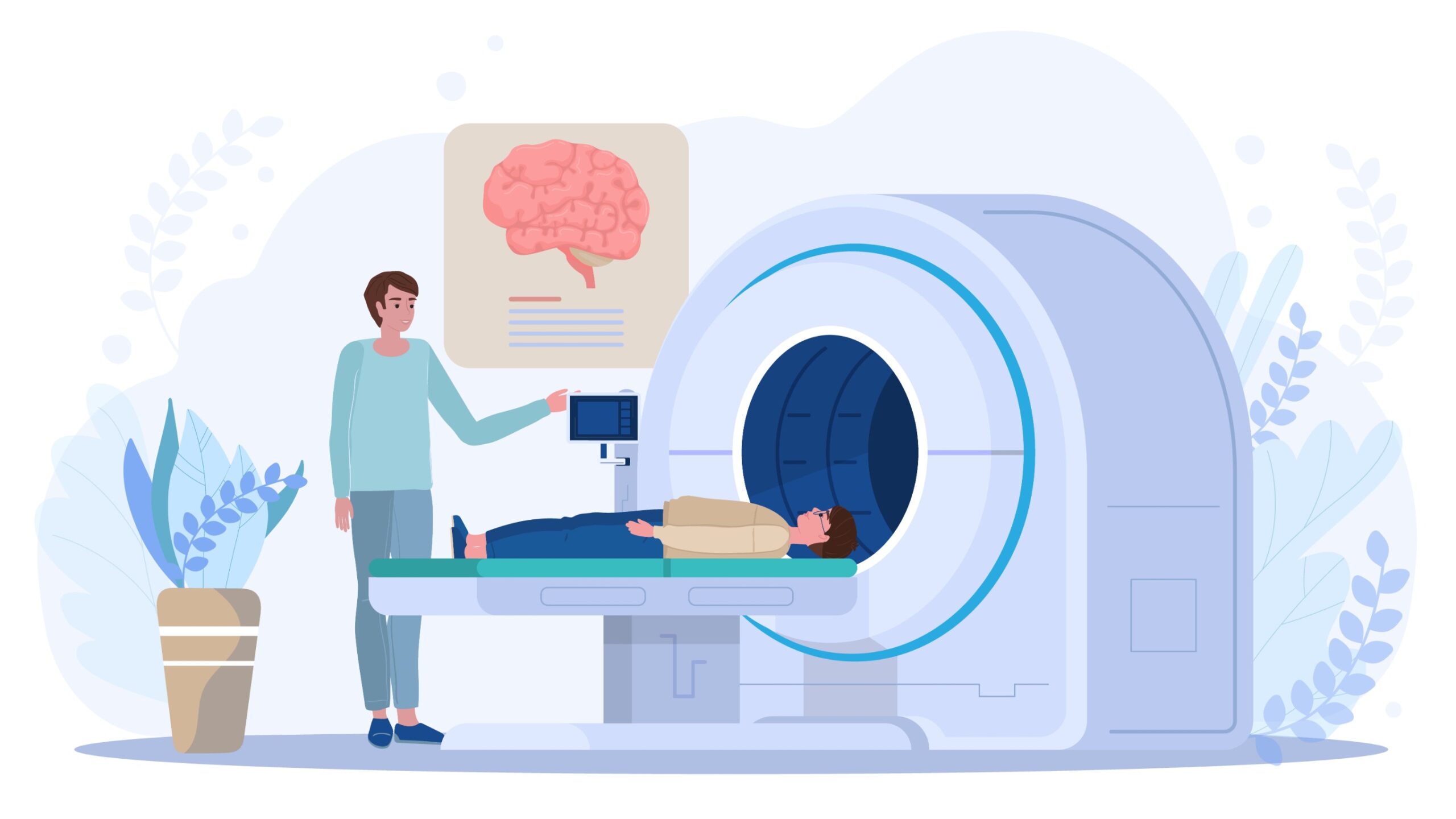Positron Emission Tomography (PET) combined with Computed Tomography (CT), commonly referred to as PET CT, is a revolutionary imaging technology that has dramatically transformed the field of cancer diagnosis. By providing detailed images of the body’s metabolic activity, PET CT allows healthcare professionals to identify tumors and monitor the progression of various cancers with remarkable accuracy. As technology continues to evolve, the future of PET CT promises even more advancements in its role in cancer diagnosis, improving treatment outcomes, and enhancing patient care.

Current Uses of PET CT
PET CT plays an essential role in the diagnosis, staging, and monitoring of cancer. This dual-imaging technology allows doctors to visualize both anatomical and metabolic information in a single scan. PET detects changes in cellular activity, while CT provides detailed structural images of tissues and organs. Together, they enable oncologists to pinpoint the exact location of a tumor, assess its size, and determine whether it has spread to other parts of the body.
Some of the current uses of PET CT in cancer diagnosis include:
- Detection and Staging of Cancer: PET CT is commonly used to detect cancers, such as lung, colorectal, breast, and lymphoma, at an early stage when they may not be detectable using other imaging methods.
- Assessing Treatment Response: PET CT scans are critical for evaluating the effectiveness of chemotherapy, radiation, or other treatments, helping doctors adjust treatment plans in real time.
- Detecting Recurrence: For patients in remission, PET CT helps in monitoring for any signs of cancer recurrence, providing valuable insights for early intervention.
Innovations on the Horizon
As the demand for more precise and less invasive diagnostic tools continues to grow, several promising innovations are shaping the future of PET CT in cancer diagnosis.
- Improved Imaging Resolution: Advancements in detector technology and software algorithms are leading to higher resolution PET CT scans, enabling clearer and more detailed images. This improvement allows for better detection of small tumors and early-stage cancers.
- Radiotracer Advancements: Radiotracers, the radioactive compounds injected into the body to highlight areas of interest, are undergoing significant development. New tracers can offer enhanced sensitivity for detecting specific cancer types, improving the accuracy of diagnosis and the ability to monitor treatment effectiveness more closely.
- Artificial Intelligence Integration: AI-driven software is becoming an integral part of PET CT analysis, helping radiologists to interpret images more efficiently and accurately. By using machine learning algorithms, AI can assist in detecting abnormalities that may be missed by the human eye, providing quicker and more reliable results.
- Hybrid Imaging with Other Modalities: Future innovations include combining PET CT with other imaging techniques, such as magnetic resonance imaging (MRI), to provide even more detailed and comprehensive images. This hybrid approach could enhance the accuracy of diagnoses, particularly for cancers that are difficult to visualize with PET CT alone.
The Role of Research and Development
Ongoing research and development are key to unlocking the full potential of PET CT technology in cancer care. Scientists and medical professionals are collaborating globally to explore new ways to enhance both the hardware and software of PET CT systems. From developing next-generation radiotracers to improving imaging technology, research is continually pushing the boundaries of what is possible in the fight against cancer.
In addition to technological innovations, clinical research is focusing on optimizing the use of PET CT in personalized medicine. By understanding the specific characteristics of each patient’s cancer, PET CT scans could become an even more powerful tool in tailoring individualized treatment plans. Furthermore, ongoing studies aim to explore the benefits of PET CT in monitoring other diseases and conditions, further expanding its scope beyond oncology.
Conclusion
The future of PET CT in cancer diagnosis holds incredible promise, with advancements in imaging technology, radiotracer development, and AI integration all set to improve the accuracy, efficiency, and scope of this critical tool. As research continues to drive innovation, PET CT will play an even more central role in early cancer detection, treatment planning, and monitoring, ultimately leading to better patient outcomes and improved survival rates.
At PET CT of Miami, we are committed to providing the highest standard of imaging technology and expertise to support your healthcare journey. Our state-of-the-art PET CT services ensure accurate diagnosis and effective treatment planning, empowering our patients with the care they deserve.
Schedule Your Appointment Today! For those seeking the latest in PET CT imaging, scheduling your appointment with PET CT of Miami is easy. Visit our website to book your consultation online and take the first step towards advanced cancer care.




